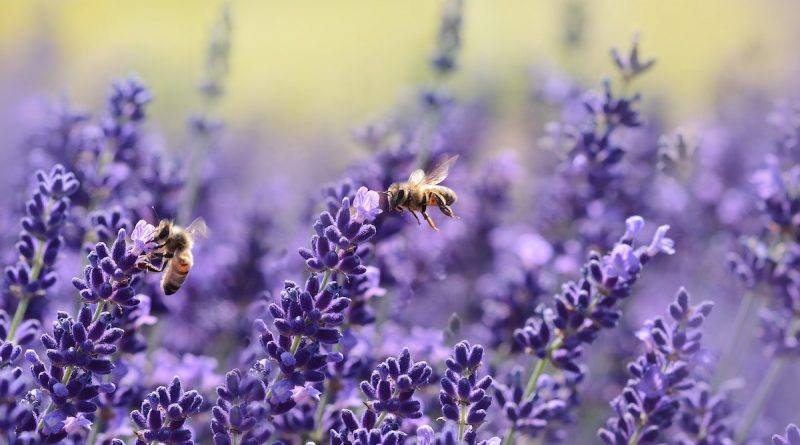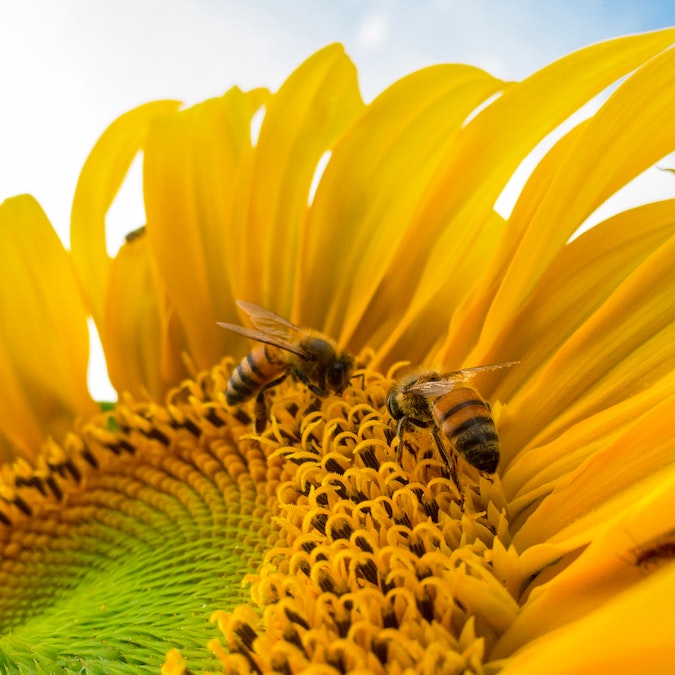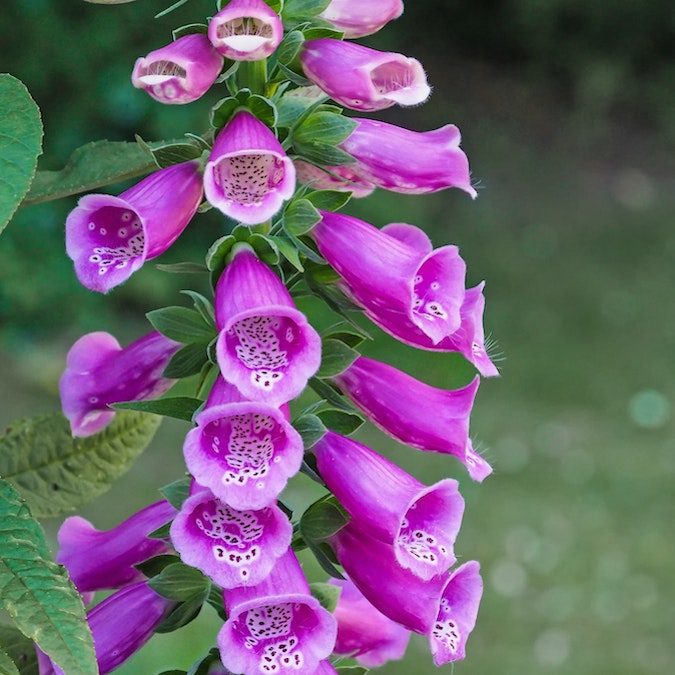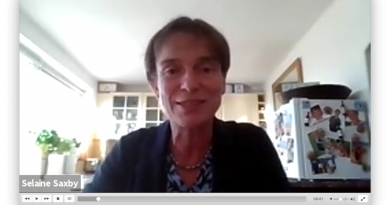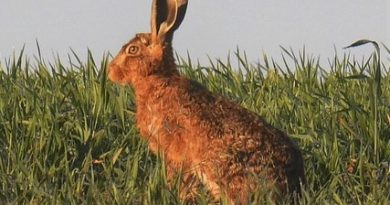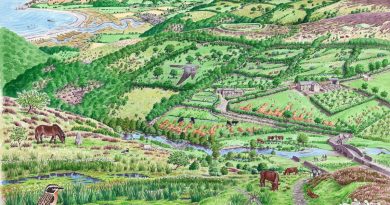Bee Friendly – Be Happy
Ordinary gardens, even pots and hanging baskets can provide perfect homes for pollinators like Bees, Butterflies, hoverflies and the like.
Why should we bother? Well, firstly there is the sheer joy of seeing them in our gardens, hearing bees buzzing about their business and seeing butterflies flit from flower to flower these invertebrates are vital to our lives. They pollinate our crops to feed us, provide food themselves for birds and small mammals – which eat them, and they pollinate our flowers, so they can self-seed in our gardens. We really do need them!
It is reported that due to pesticides and loss of habitat there has been a huge decline in numbers of most of the UK pollinators since the 1970’s it really is up to us to try and restore the balance.
But how do we, in our small gardens, make a difference?
The answer is simple really, you need to make your garden into a good place for them to be! It’s a question of making your garden an attractive place for insects to live, both by providing a good habitat and supplying food.
Not everyone has room to plant a wild flower meadow in the garden. But this doesn’t mean you can’t plant flowers that Bees and other insects love. Many ‘garden plants’ are just as good at supplying nectar and pollen whilst looking fabulous in your flower beds or containers.
The key is to plant as wide a variety of flowers as you can, but to concentrate on those which are accessible to bees, double flowers for example are generally not useful as the petals make the nectar and pollen difficult if not impossible to reach.
Different types and sizes of bee prefer different flowers, some like large tubular flowers – like foxgloves and Penstemon and others may prefer open flatter daisy like blooms. Hoverflies love flat heads of Achillea and Umbellifers such as wild carrot and cow-parsley. There are many members of the Rose family which have open flowers too and bees love them. A wide range of flower types will not only look great to you, it will attract lots of insects as well.
Controversially, a weedy lawn can provide lots of food – especially Dandelions – if you can bare to leave them in!
If you can grow plants which flower in every month of the year, you will really help your six-legged friends. Bumble Bees and Butterflies can appear on a sunny day in January and will be very grateful for a Nectar snack to keep them going.
How is it possible to have flowers all year round?
It’s surprisingly easy, many shrubs flower in winter – and as they generally have wonderful scent they are a fantastic addition to any garden. Examples are Daphne, Winter Box and Witch Hazel. In addition, there are a huge range of bulbs, which flower in early spring making a wonderful source of food for insects coming out of hibernation and Honey bees – which don’t hibernate but slow down in the cold and emerge on warm days to feed.
As well as food these creatures all need somewhere to live and to shelter in winter when they hibernate. So how do we do that? You can make or buy a bug hotel, but there are plenty of opportunities to provide natural shelter too. Trees with craggy rough bark are perfect – but not easy to house in a small garden! However, the dead stems of perennial plants are often hollow and used by small creatures, they can look great in winter with old flower and seed heads covered in frost and cobwebs. Climbers are also a good source of shelter, Ivy in particular, supports a lot of wildlife all year round.
A few recommended plants for insects;
- Ivy – Any sort, from the wild green to variegated garden varieties. Ivy provides cover and shelter in winter for hundreds of creatures. Bees and Hoverflies turn Ivy into a humming buzzing mass when it flowers in autumn and in winter it provides berries to feed hungry birds.
– - Alliums – In this area (North Devon) we have lots of wild garlic and Three-Cornered Leek – but there is nothing quite as beautiful as the big purple balls of garden Alliums such as ‘Purple Sensation’ or Christophii absolutely covered in bees feeding. They flower May/June and look fantastic dotted across your borders.
– - Foxgloves – wild purple or one of the many different coloured domestic varieties, it makes no difference. Bees adore them all and they flower for a long period from May into late July and sometimes beyond.
– - Herbs – Thyme, Rosemary, Lavender, Curry Plant, Fennel – all fabulous for insects, smell amazing especially on hot days and have the advantage of being drought tolerant which is helpful to the gardener
– - Sunflower – such fun to grow, there are hundreds of varieties and sizes from those which are 12 inches high like Solar Flash, to the 12-foot giants like Titan. Something for everyone and lots for bees too.
– - Crocus – An excellent early food source, it’s not uncommon to find bumblebees asleep inside the petals
– - Heleniums, Echinacea and Rudbeckia – Mid to late summer big daisy-like flowers in Purple, White, Gold, Orange and copper colours, these flowers set your garden ablaze with colour well into Autumn and feed a huge range of our six-legged friends.
– - Hebe – This shrub comes in many shapes and sizes, it has the advantage of a long flowering period often carrying on going through winter. The usually purple flowers are very attractive to bees.
These are a few ideas, there are thousands more. Why not give it a go this year and get your garden buzzing?

